Breathing Dress: Update #2
Follow articleHow do you feel about this article? Help us to provide better content for you.
Thank you! Your feedback has been received.
There was a problem submitting your feedback, please try again later.
What do you think of this article?
After being stuck in the mail for a little while, the Breathing Dress finally made it to Cambridge (the one in Massachusetts, not the UK), where Yuki took over the next steps in the project.
The SPS 30 air quality sensor arrived separately as well.
The first thing Yuki tried was powering the dress on with the Adafruit Flora. He ran into the same issues I did—some of the connections were not very stable using only the conductive thread. A good lesson for future wearable projects!
So, he took a soldering iron to the dress to try to stabilize some of those connections. He started by adding some solder to the conductive pads on the neopixels (these were previously connected only by the conductive thread sewing them to the dress and the traces).
After checking with the Flora and verifying with a multimeter, it still didn't totally solve the problem, so he decided to bypass the conductive thread on the neopixels that seemed shorted by soldering cables on the front.
There is a thin see-through layer of fabric that overlays the LEDs, so the cables are not very visible unless you look at them closely.
With all the LEDs connections stabilized, the next steps were getting the SPS 30 air quality sensor connected to the Flora. For the firmware, he used the library for Arduino from Sensirion with the i2c communication.
Yuki used the Sensirion datasheet to follow where the lines were connected to on the ESDK-PM2 board using a multimeter. Then, he connected it up from the battery line from the Flora, which outputs 5V. After installing the Flora board onto the board manager, he uploaded the code! And the results...it successfully read out pollutant values!
The next steps are deciding how to use that data to create a visualization with the LEDs, as well as creating an enclosure for the SPS 30.


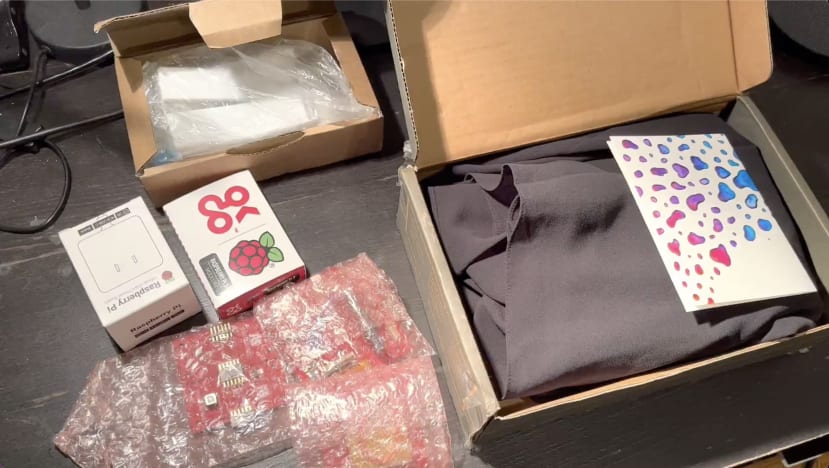
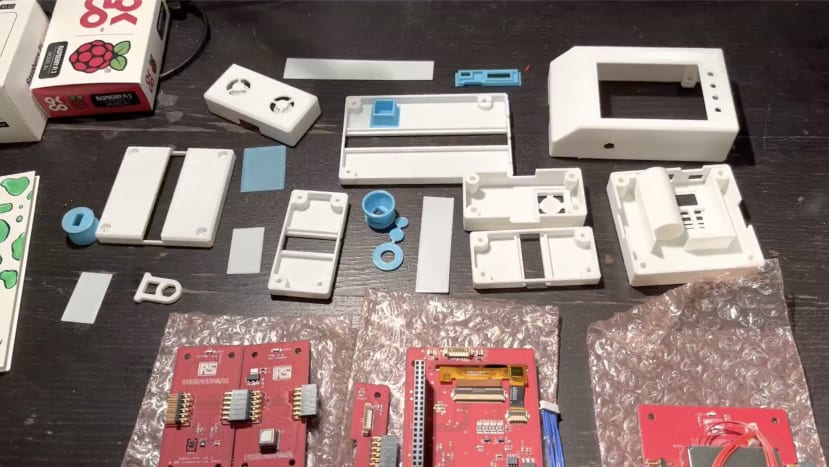
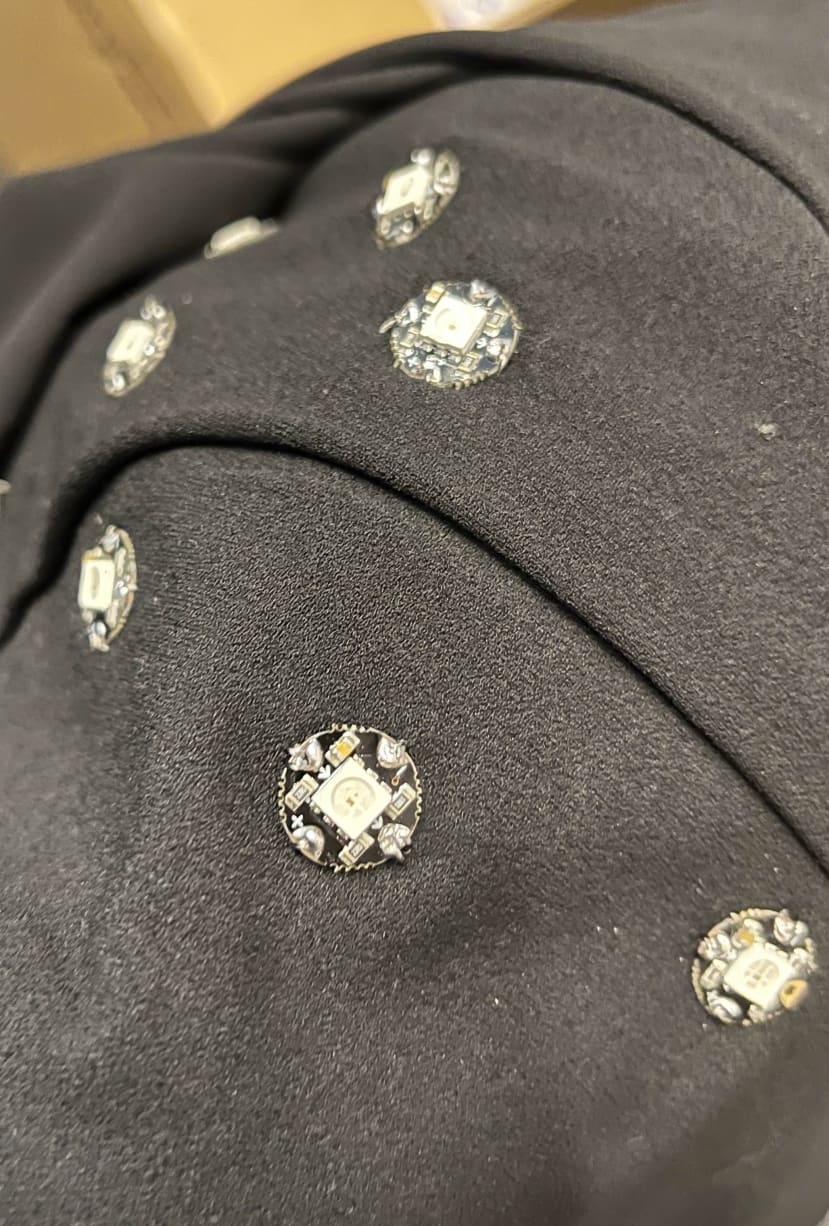
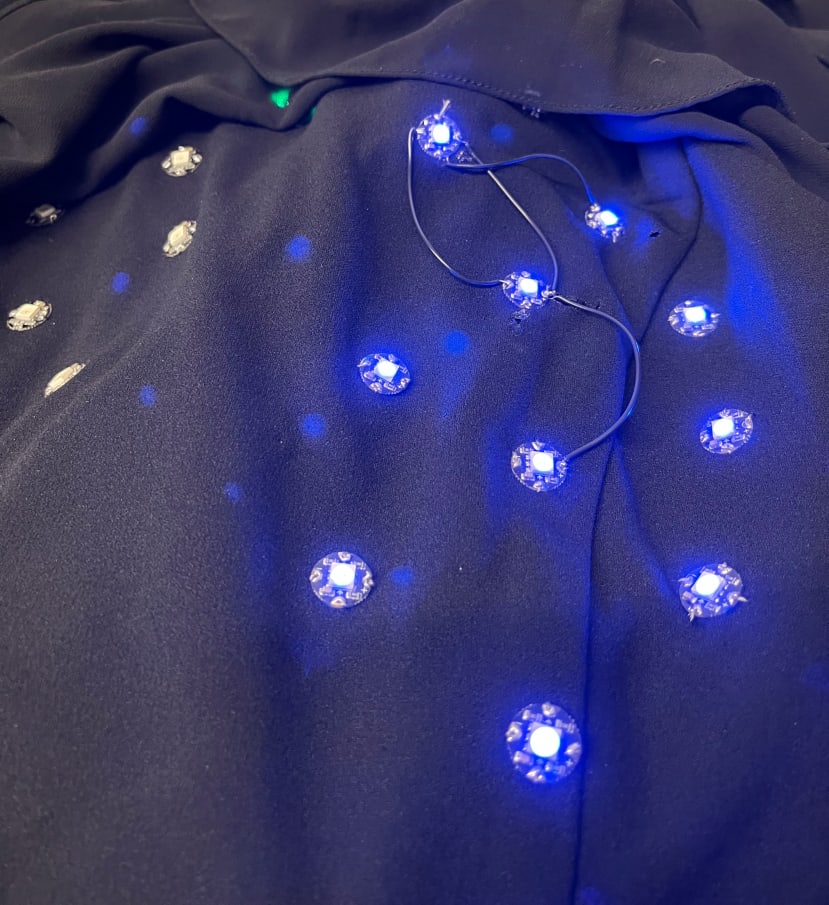
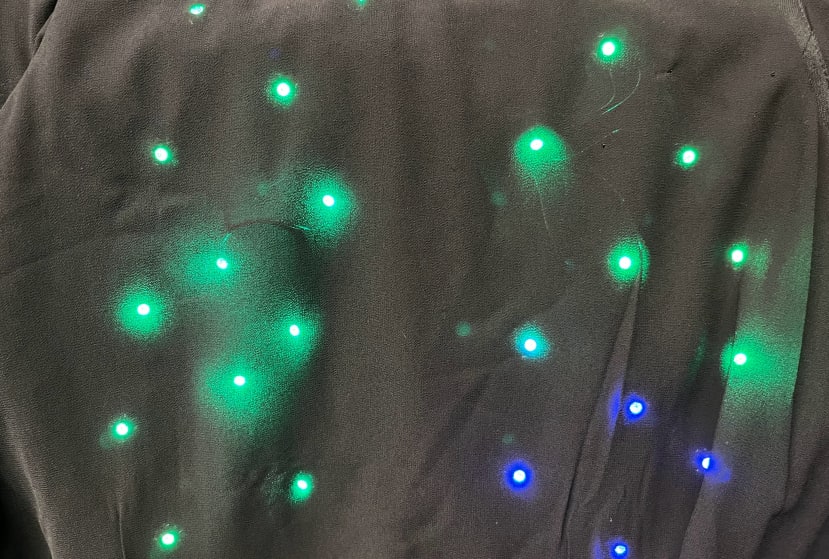
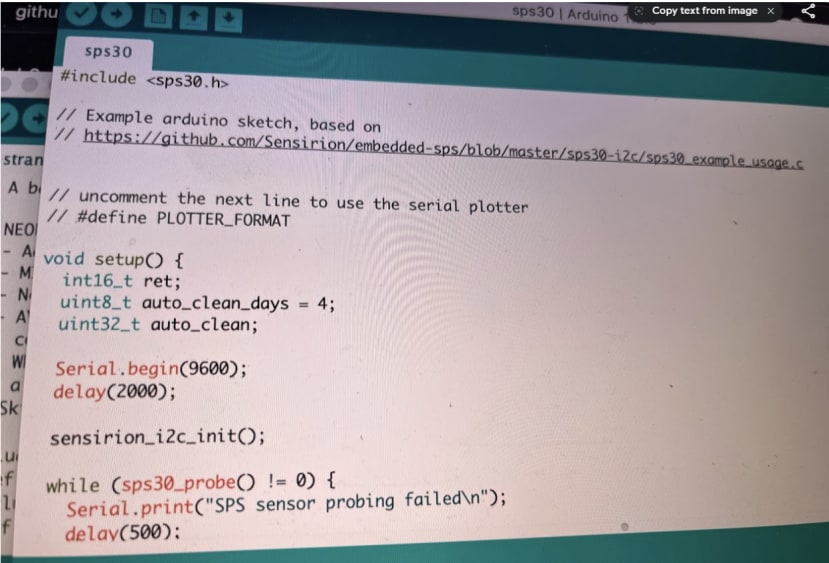
Comments